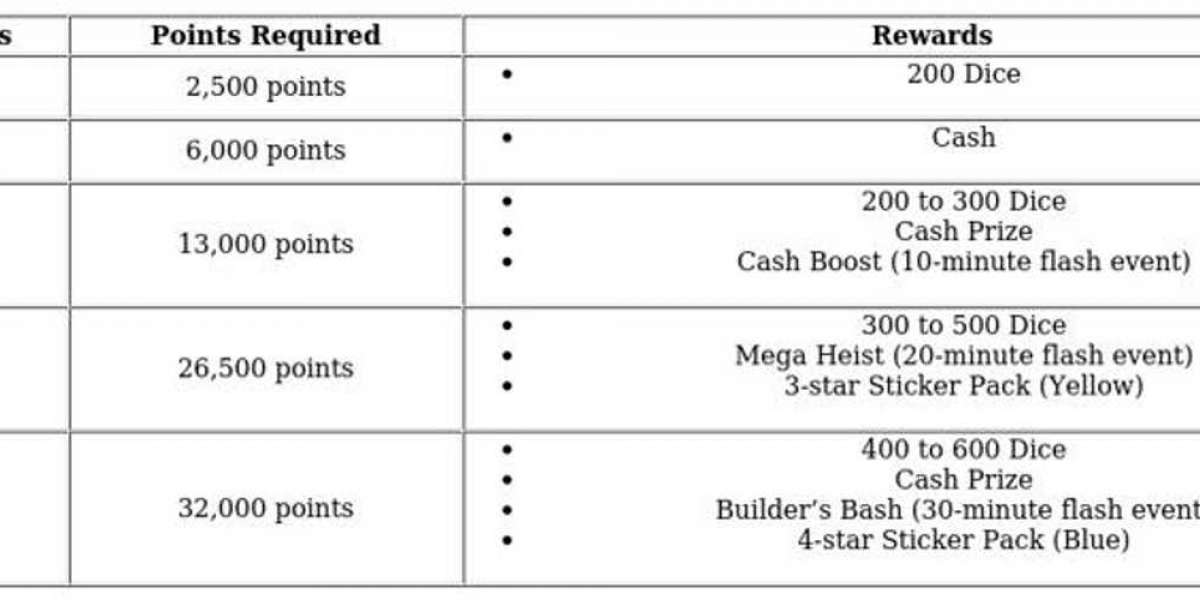The world of aesthetic and medical dermatology is undergoing a profound transformation, with laser resurfacing at its technological core. Once associated with significant downtime and limited applicability, new advancements in laser technology, coupled with the power of artificial intelligence, are making these treatments safer, more precise, and effective for a wider range of skin types and conditions than ever before. The global aesthetic laser skin resurfacing market, valued at approximately $423.8 million in 2024, is projected for robust growth, reflecting the surging demand for advanced skin rejuvenation.
AI and Personalized Treatments: The Future is Here
Artificial Intelligence (AI) is rapidly becoming a game-changer in how laser resurfacing treatments are planned and executed:
- Real-Time Skin Analysis: New smart devices, such as those incorporating SmartSkin AI (as seen in news from February 2025), can scan skin in real-time. Based on this analysis, AI algorithms dynamically adjust parameters like intensity, wavelength, and treatment area, minimizing the risk of overtreatment or undertreatment. This is particularly beneficial for complex cases like mixed pigmentation, where precision is paramount.
- Optimized Treatment Planning: AI and machine learning models are enhancing dermatologic assessments, achieving high accuracy in classifying skin characteristics (like Fitzpatrick skin type, pigmentation, redness, and wrinkle severity). This allows for highly customized laser treatment plans, leading to better outcomes, shorter recovery times, and improved patient satisfaction.
- Enhanced Safety for All Skin Tones: AI-powered systems are crucial for making laser treatments safer for darker skin tones (Fitzpatrick skin types IV-VI), which were historically at higher risk of post-inflammatory hyperpigmentation. AI can predict optimal energy delivery levels based on skin thickness and pigmentation, significantly reducing complications.
Fractional Lasers Remain King, With New Innovations:
Fractional laser technology continues to dominate the resurfacing landscape due to its efficacy and reduced downtime compared to traditional ablative lasers.
- CO2 Fractional Lasers with Minimal Downtime: Advanced fractional CO2 lasers, like the Tetra CO2 with CoolPeel™, are providing significant skin resurfacing results for wrinkles, scars, and sun damage by targeting microscopic skin zones, stimulating natural healing and collagen production with impressively minimal downtime.
- Non-Ablative Advances: Companies like Alma Lasers are introducing new non-ablative fractional lasers (e.g., ClearSkin Pro, launched in July 2024) that utilize wavelengths like 1540nm Er:Glass. These devices create deep thermal micro-columns in the dermis while sparing the epidermis, triggering new collagen generation with almost no downtime and discomfort. This caters to the growing patient preference for treatments that don't disrupt daily activities.
- Hybrid Fractional Lasers: Devices like the Halo Pro Hybrid Laser combine ablative and non-ablative wavelengths in a single treatment. This "best of both worlds" approach allows dermatologists to target both superficial and deep skin layers simultaneously, addressing pigmentation while also enhancing skin texture and inducing collagen.
Expanding Applications and Combined Therapies:
Laser resurfacing is extending its reach beyond traditional anti-aging and scar treatment:
- Acne Treatment Breakthroughs: A significant development in March 2025 highlighted a state-of-the-art 1726 nm laser treatment for acne that can selectively damage sebaceous glands (oil glands) without harming surrounding skin. This precise control, aided by thermal imaging and software algorithms, offers a safe, effective, and durable solution for acne across all skin types.
- Scar Removal and Pigmentation: Advances in picosecond laser technology, which deliver ultra-short pulses to break down pigment and scar tissue, are providing quicker and more accurate means of scar reduction and treating hyperpigmentation. Combining radiofrequency microneedling with laser treatments is also gaining traction for deeper scars.
- Laser Stacking: Originating from K-beauty trends, "laser stacking" involves using multiple laser modalities in a single session to simultaneously address various skin concerns, enhancing efficacy and reducing overall recovery time.
- Drug Delivery Enhancement: Research is exploring how laser treatments can assist in drug delivery, creating micro-channels in the skin to enhance the penetration and efficacy of topical medications.
As we move further into 2025, the synergy of sophisticated laser technology, AI integration, and a deeper understanding of skin biology is cementing laser resurfacing's role as a cornerstone of modern dermatological care, offering unprecedented results with enhanced safety and personalized precision.







